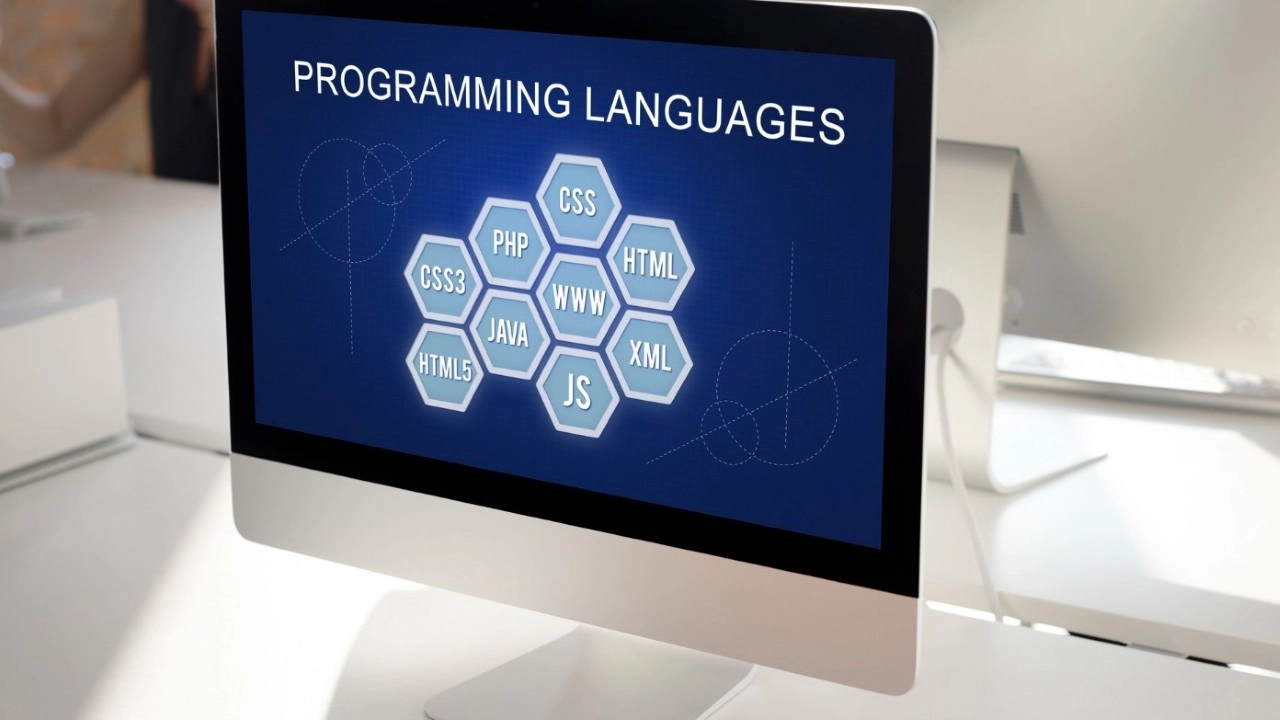With the growing focus on artificial intelligence in all aspects of our lives, developers today are equipped with a suite of tools that boost productivity, streamline workflows, and improve code quality. In a rapidly changing world, programming is no longer just a technical skill but a means to create career opportunities. Whether you are a beginner or a professional, identifying the most in-demand programming languages in 2025 can open many doors. Students in computer science and software engineering succeed by choosing languages and technologies that keep pace with industry developments and meet labor market demands.
Artificial Intelligence and Machine Learning
Python continues to lead due to its simplicity and power in areas such as AI, machine learning, and data analysis. It is the preferred choice for developing machine learning models and intelligent applications, supported by robust libraries like TensorFlow, Pandas, and PyTorch, making it indispensable for any data science–focused programmer. Major companies such as Google, Netflix, and Spotify rely on Python for advanced data projects and analytics. In addition to Python, languages like R remain important in academic research and statistical analysis, while SQL is used to manage large databases.
Web Development
In web development, HTML and CSS form the foundation for designing web pages, but the real game-changer is JavaScript. JavaScript creates interactive pages that run directly in the browser and can also run on the server via Node.js—a leading framework for both frontend and backend web applications. As reliance on cloud applications and digital services grows, demand increases for JavaScript developers proficient in modern frameworks like React and Vue. Tools like React Native enable developers to use the same JavaScript skills to build mobile applications for both iOS and Android. Web developers therefore combine these languages and technologies to craft engaging user interfaces and high-performance interactive experiences.
Mobile App Development
If you are interested in mobile app development, native languages exist for each platform. For Android development, Kotlin is the official language endorsed by Google, offering clearer and safer code than Java, which was previously used. For iOS and macOS development, Swift is Apple’s official language, known for high performance and a secure environment that simplifies writing and maintaining quality code.
In addition to native development for each platform, cross-platform frameworks like Flutter and React Native have emerged. Flutter, an open-source framework originally developed by Google, uses the Dart language to create user interfaces with near-native performance. React Native, developed by Meta and based on JavaScript, is ideal for web developers transitioning to mobile. These frameworks allow developers to reduce time and cost when building apps for multiple platforms, making them attractive for both beginners and professionals alike.
It is worth noting that despite the advantages of Flutter and React Native for single-code-base development, mobile app experts recommend using the officially supported native languages—Kotlin and Swift—due to their high compatibility with mobile operating systems, superior performance, and official support.
Modern Programming Tools and Technologies
In contemporary software development, developers rely on AI-powered assistants to improve code quality and productivity. One of the most popular tools is GitHub Copilot, an AI model from GitHub and OpenAI that suggests and completes code automatically by understanding project context. Other tools like Cursor offer intelligent suggestions and help solve programming problems in real time. These tools reduce errors and repetition, not only speeding up coding but also providing smart analyses and innovative solutions to coding challenges.
Moreover, modern IDEs integrate version control tools like Git, which track changes and facilitate code sharing among team members. Developers also use containerization technologies such as Docker and Kubernetes to deploy applications seamlessly across different environments. Continuous integration and delivery (CI/CD) platforms like Jenkins and GitLab CI automate testing and secure deployment, playing a central role in accelerating the software development lifecycle and ensuring the stability of services built by students and developers.
Conclusion
Ultimately, there is no single programming language that fits all fields; students should choose languages and technologies aligned with their career path. As some experts say:
Programming is no longer just code but a language of change and innovation. Choose your language based on what inspires you, not just what is in demand.
If you are interested in AI, focus on Python and its libraries; if your passion is web development, invest in mastering JavaScript and its frameworks; if you want to build mobile apps, learn Kotlin and Swift. By following these modern languages and tools, you will be ready to seize the opportunities of 2025 and achieve success in computer science and software engineering.
Read also:
